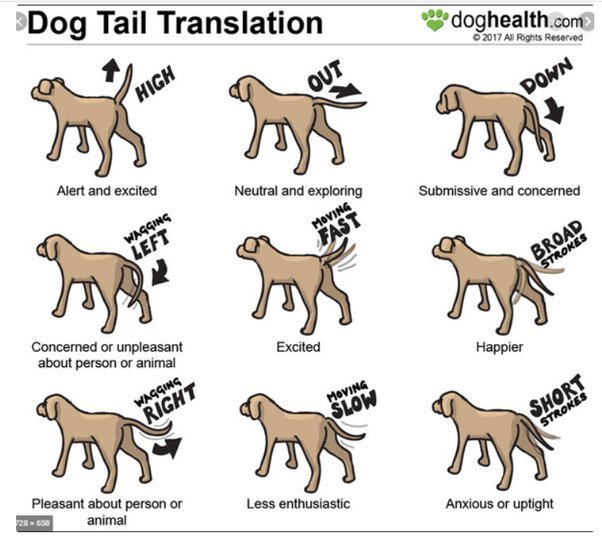Everybody has seen dogs trying to catch their tail. To some may look hilarious but to others dangerous, because of the possibility that the dog might hurt himself. When you notice your dog doing this action ,you must be precautious. First of all take your dog to a veterinarian to see whether we are dealing with health problems, or only the behavior. In cases where the doctor during the visit has not any problem to be related to this behavior, may think that we are dealing with obsessive behavior.
This behavior is a complex or combination of genes and external factors. We all have genes that are not “active” while they do not accept any signal, stirring, the environment for external or internal. In other cases, it may have the genetic potential to “follow the tail behavior”, but it has not shown it until it the arinte puberty or / and pass a stress to the nature of the change of environment. In the case of the tail chase behavior that this “stress environment for change” may have been since the very beginning, or may involve everything that increases the level of anxiety.
Various aspects of the chemistry of the body are affected by exposure to stressful environment and these kind of changes in hormone levels and neurotransmitters may affect the expression of genes (genes that can be “switched on” or “switched off”) Therefore the dog may have genes of the ”tail chasing” behavior but may never display that behavior because genes remain inactivate.
You can not solve this disorders by yourselves just because they are genetically complex that generally require professional intervention. We strongly encourage you to find assistance by means of any suitable treatment program and give you pharmacological recommendations to have a better success in your efforts to conduct. The important part is to find the stresser, what causes your dog to react by chasing the tail. If the cause can not be avoided then the veterinarian must use other ways.
Enriching the environment for (toys) and sports (running, walking, etc.) can also give them the benefit in case of recovery. In some cases, pharmacological intervention is often necessary in order to give the dog the opportunity to respond to changes in the environment , and the efforts to change. Many dogs with pathological behavior do not use medication for a long time, but in most cases a maximum of therapy needed to solve the problem satisfactorily lasts 6-12 months.



